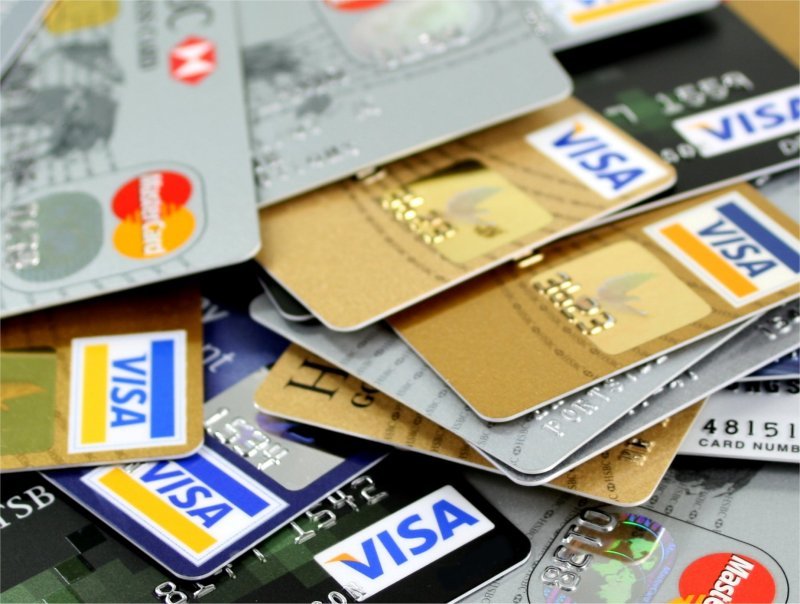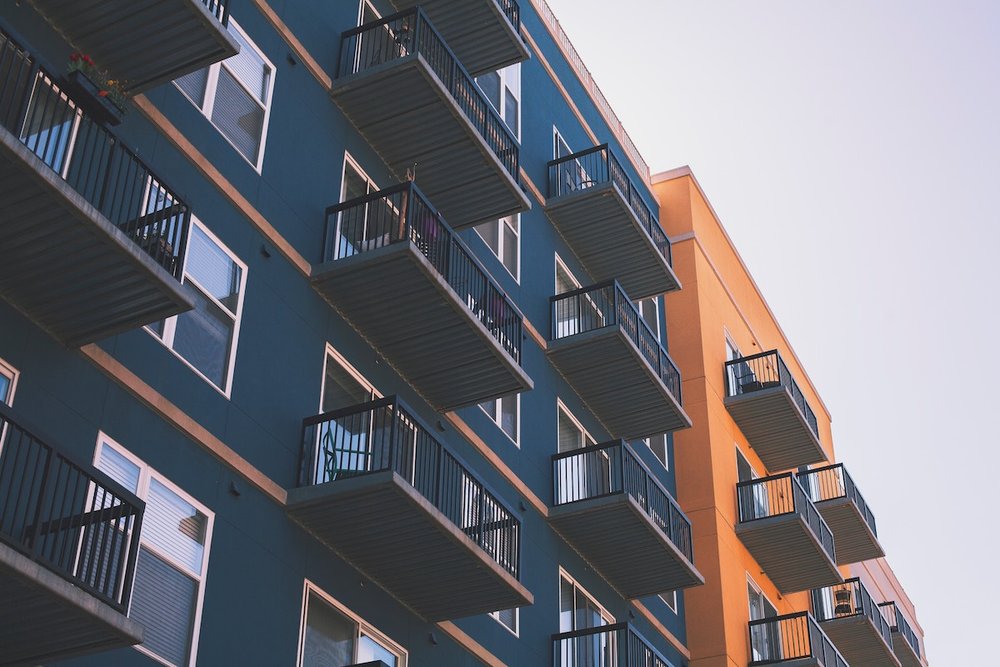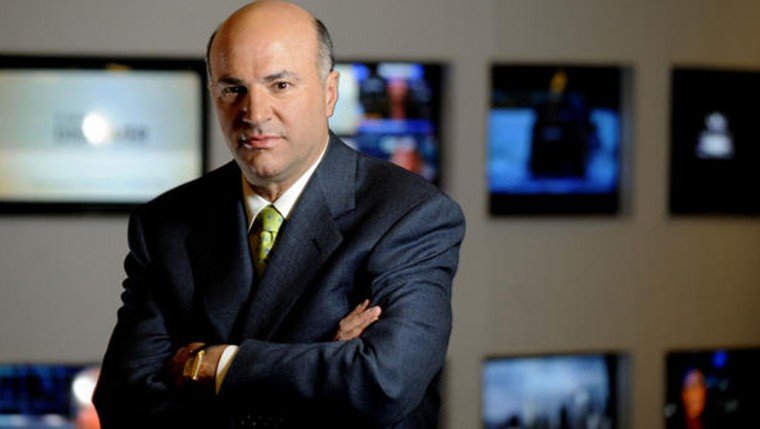Interest rates have been on an upward trend for the past year and the Federal Reserved just announced another hike last week, making borrowing costs even higher for Americans. But an increase in interest rates is a good sign for bank customers who will finally see some decent returns on their savings accounts.

Interest rates have been on an upward trend for the past year and the Federal Reserved just announced another hike last week, making borrowing costs even higher for Americans
Increasing Interest Rates
According to experts, the recent hike will increase interest rates on adjustable-rate mortgages, credit cards and lines of credit on home equity. The overall affect will an increase in monthly payments and higher cost of mortgage and business loans.
The recent hike resulted in a quarter percentage point increase the Federal Reserve’s short-term benchmark rate, bumping it up from 2 per cent to 2.25 per cent. It is also expected to raise the interest rates one more time before the end of 2018. According to the Fed’s forecast, there will be three more hikes in the year 2019.
MagnifyMoney founder and chief executive, Nick Clements, says that interest rates on a consistently going up which means that people who are in debt or are thinking of taking a loan are going to find it much more expensive to pay it back. But at the same time, the news is extremely rewarding for savers.
The recent hike could also increase auto loan payments, although the difference might not be significant because most auto dealers keep the interest rates as low as possible to boost buying activity. Other long-term loans like the 30-year-mortgage will also be minimally impacted by the rate increase.
Effect on HELOCS and Credit Card Rates

Last Wednesday’s rate hike is the eighth so far since 2015 when Feds first started raising short-term interest rates, and it is the third in 2018 alone. According to the forecast, the rates will rise for this fourth time this year in December.
The interest rate hikes will have the greatest impact on home equity line of credit (HELOCS), credit card debt and adjustable-rate mortgages because these loans are directly impacted by the prime rate, which in turn is tied to the benchmark rate determined by the Federal Reserve.
According to Bankrate, average interest rate on credit cards is around 17.31 per cent. With a quarter point increase in the rate, monthly payments on a credit card balance of $10,000 is expected to rise by $2. But according to the observation of Bankrate’s Chief Economist, Greg McBride, credit card payments have increased by $16 as an aggregate effect of the last eight rate hikes since 2015.
Data from Banrate’s report shows that HELOCS has a much lower rate of 6.07 per cent but the impact of a hike can be more significant than on credit card debt. Even a quarter-point increase can add another $6.25 to monthly payments on a $30,000 credit line.

So far average rates have been pushed up to 3.92 per cent this year, increasing monthly payments by $50 on $200,000 adjustable-rate mortgage
Impact on Long-term Mortgage
The rate hikes could impact adjustable rate mortgages at once since they are adjusted annually. So far average rates have been pushed up to 3.92 per cent this year, increasing monthly payments by $50 on $200,000 adjustable-rate mortgage.
Long-term loans like the 30-year mortgages are only indirectly affected by the short-term rate hikes which are often linked with the long-term inflation expectation and economic outlook. So far this year, the fixed mortgage rate has already gone up by 0.65 percent, to 4.65 percent due to anticipated tax cuts and increase in inflation.
Home buyers who are expected to apply for mortgages before the end of the year will not see a significant increase in their monthly bill. Wednesday’s quarter-point hike is expected to raise the monthly payments by $30 on a $200,000 mortgage. Fixed-rate mortgage could also be impacted by other moves by the Fed. In 2017, it announced that a gradual decrease in the bond portfolio it had accumulated since the Great Recession of 2008, which will eventually lower long-term interest rates.
The recent rate hike could increase monthly payments on auto loans by $3 on a $25,000 car, however, all existing loans will remain unchanged. According to Bankrate, the current auto loan rates remain relatively unchanged at an average of 4.8 per cent.










